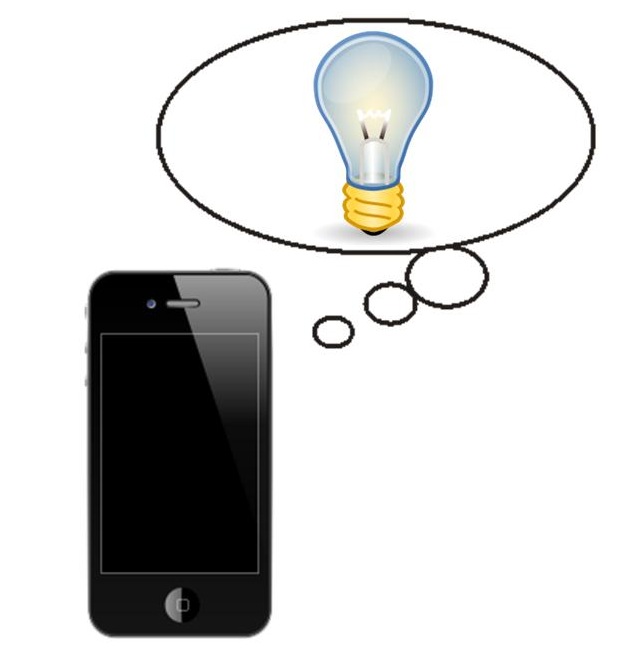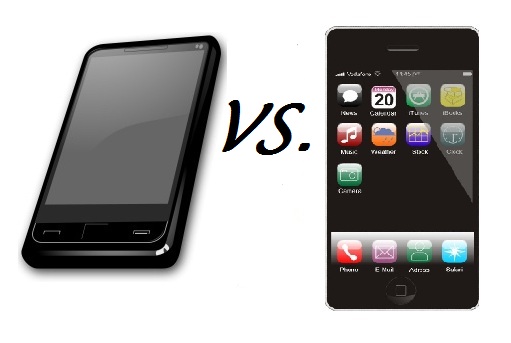 When thinking of mobile and cellular technology, consumers typically think of their laptop with WIFI, their phone, and possibly tablets like the iPad. However, technology trends all point to mobile capabilities creeping up everywhere leading to a new generation that will never know a life that is not ultra connected to the rest of the world.
When thinking of mobile and cellular technology, consumers typically think of their laptop with WIFI, their phone, and possibly tablets like the iPad. However, technology trends all point to mobile capabilities creeping up everywhere leading to a new generation that will never know a life that is not ultra connected to the rest of the world.
Technology trends in every sector
This years Consumer Electronics Show in Las Vegas was all about the vast expansion of mobile technologies into every aspect of life and how the next generation will rely on mobile connectivity like never before. Keynote speaker for the event was chief executive of Qualcomm, Paul Jacobs. Qualcomm has produced chips for 11 billion devices but is hardly the household name like Microsoft, which handled keynotes in the recent past.
Mobile life is now not just about the mobile phone or the iPad. Technology trends already see this type of technology and connectivity in the workplace, healthcare, cars, movies, and televisions. Gaming uses it, as many game consoles connect to the internet and are used for more than just playing simple video games. Some believe that mobile will even some day play a part in our bodies. Mobile commerce is also on the rise, making paying for everyday items without cash something anyone with a smartphone can do.
Mobilizing the young
CES started out with actors playing the roles of some of the people society may find most annoying whether in line for coffee or waiting for a subway. Some roles included the geeky gamer with a surfer dialog, the young girl that believes everything that happens deserves the “OMG” treatment, and many more. They seem unrelated, but they all shared the same trait, being born into a world where mobile technology trends are here to stay.
With close to 85 percent of people around the world stating that they could not see a day through without accessing their mobile device, it is clear to see this is not just in the U.S. but everywhere. Smartphone technology is so common that consumers will see it in more and more aspects of their lives, as in things like Google’s Project Glass smart glasses, digital cameras, and smarter TVs.
 Android users lag in importance behind Apple customers in mobile commerce
Android users lag in importance behind Apple customers in mobile commerce
As opportunities in mobile commerce continue to grow and change, retailers consistently say that Apple consumer rule mobile commerce despite lower smartphone sales. However, it appears that though iPhone users are a minority they are far more likely to use their smartphones to make purchases and otherwise engage in mobile commerce.
Lucrative mobile commerce business
Apple seems to have bigger visibility with iPhones, but sales for Android powered phones accounted for 52.5 percent of smartphone sales and iPhones made up just 34.3 percent. Those figures can be misleading through, because Apple has huge gains and sales in the tablet market with the iPad alone dominating with 76 percent of the market share. Android and other manufacturers make up the rest.
However, that does not account for those actually using their smartphones to make mobile commerce transactions. These are essentially payments made by use of the smartphone – allowing some consumers to leave their wallet at home. Apple’s iPhone users may be a smaller crowd, but they are by far the most likely to use a smartphone for a purchase rather than whipping out the credit card or paying in cash.
The difference is in the user
Though iPhones account for lower sales, they are higher priced than most Android powered smartphones. In essence, those with less expendable income are far more likely to get a less expensive Android when smartphone shopping. The iPhone user is more into using the smartphone for all of the capacities it possesses and are more likely to be up to trying newer trends like mobile commerce transactions for simply buying coffee at a corner shop. Android users are in on the action, but are far behind iPhone consumers in cash to spend and on the willingness to try new ways of spending it.
Kevin Edwards of Affiliate Window said, “Apple users are typical early adopters. They’re generally tech-savvy individuals who embrace new ways of interacting and transacting online.” He also theorizes that Apple customers are more comfortable about shopping and more confident in shopping online. Not only are iPhone users more active in mobile commerce, the same can be said for iPad users as well.
 When thinking of mobile and cellular technology, consumers typically think of their laptop with WIFI, their phone, and possibly tablets like the iPad. However, technology trends all point to mobile capabilities creeping up everywhere leading to a new generation that will never know a life that is not ultra connected to the rest of the world.
When thinking of mobile and cellular technology, consumers typically think of their laptop with WIFI, their phone, and possibly tablets like the iPad. However, technology trends all point to mobile capabilities creeping up everywhere leading to a new generation that will never know a life that is not ultra connected to the rest of the world.
 Android users lag in importance behind Apple customers in mobile commerce
Android users lag in importance behind Apple customers in mobile commerce